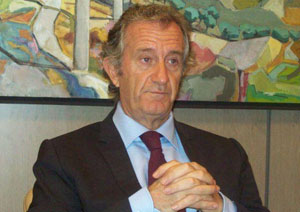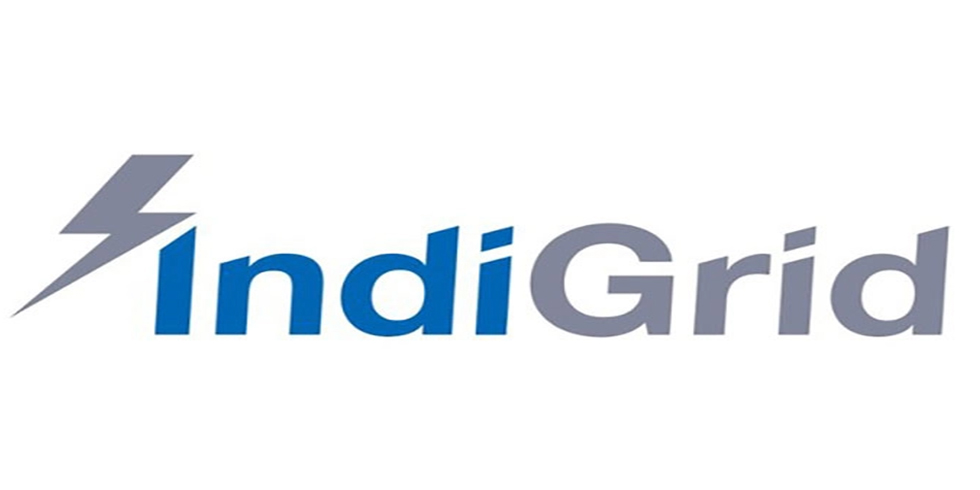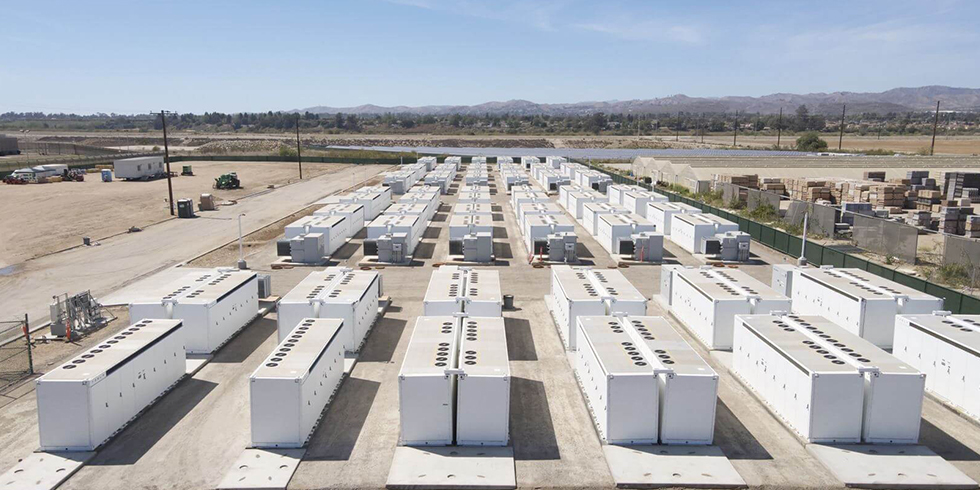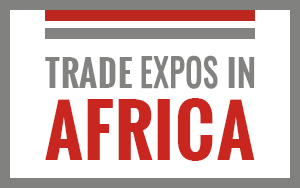Spanish wind turbine company, Gamesa, is bullish on India’s wind energy sector. The 2.4-billion euro company expects to sell turbines adding up to 650 MW this year in India which is already its biggest market.
In a recent interview with a group of visiting Indian journalists at the company’s headquarters in Pamplona, Spain, Gamesa’s Executive Chairman Ignacio Martin said that the local unit in India could not produce enough to meet domestic demand. Mr. Martin joined Gamesa in May 2012 and has overseen rapid growth in the last couple of years. Excerpts:
Could you elaborate on Gamesa’s plans for India?
India as a country is very encouraging for us. We believe that India’s installed capacity for power generation has to double from the present 260 giga watt over the next 15 years and that renewables will play a very important role in this growth. We can say that Gamesa is today the market leader in India. We believe that with our capabilities in promotion, development and construction of turbines with high local content of more than 80 per cent our position is unique and we can consolidate even further in India. We are moving very fast. In 2013 our production was around 400 mega watts and this year we expect to close at around 700 MW and we hope to have double-digit growth for each of the next five years. While this is about onshore farms, we also have plans for offshore business in India. In the next five years we would be investing more than 100 million euros in India. We need to increase our manufacturing capability within the country, develop our supply-chain and increase our land bank in order to promote and develop new wind farms.
When you say you will invest in increasing your land bank, does this mean that Gamesa will be more aggressive in promoting wind farms rather than merely selling turbines?
Well, today we are into both activities; we have our own land bank and also manufacture turbines. We need to do both things in order to have a profitable business in India. So our offering is promotion, designing, manufacturing, selling and operation and maintenance of turbines. This gives us an advantage over some of our competitors who are not present across the value-chain.
The best wind generation sites in India have all been exploited by now. How do you plan to meet your double-digit growth target given this constraint?
In order to have competitive wind farms you need either superior machines which are able to capture energy from low winds — you need larger rotors, which is what we are doing in India — or, we have to intensify our efforts to identify still untapped locations that have good wind velocities.
You have been in India for five years now. Can you list out your top three challenges in this period?
I’ve been running the company for 2 ½ years only now, so I can list out only what I faced in this period. Initially, the rules were not clear in India; there was also confusion over generation based incentives and their continuation. On the one hand, the country needs to increase energy generation but on the other, there are no clear rules to support investment. Second, until the recent elections there was no clarity on whether there would be a government that would help the country meet its potential. After the new government came in, we felt very comfortable with its focus and orientation. The third challenge that we faced was the rupee’s weakness which was a matter of concern because we still don’t have 100 per cent local content. Finally, even though the potential is huge, the lack of infrastructure in terms of transmission and distribution lines, roads and general infrastructure in the country is still a question mark.
Chinese companies that are entering India plan to come with financial support for customers who buy their turbines. Do you think it’s a good strategy and would you do something like that?
Well, we would like to see good financing in India for our business but it is clear it does not exist. Our Chinese competitors are indeed backed by their banks. We would like to see support in India in the form of soft loans for wind farms. But offering financial support to our customers is not possible because it is not our business. We are not a finance company but we are in a position to find partners who could be interested in going with us into projects.
What are you doing in terms of developing products tailored to the Indian market?
We are customising design for India and are developing special machines for the market since it is important to us. The challenge is now to develop machines that can generate even in low wind-speed locations. We will be introducing the next generation G 114 range of machines with longer rotors in the last quarter of 2015 and this will be our key machine for the next 3-4 years. Additionally, we are planning to increase the height of the towers from the present 93 to 104 metres next year and potentially 110 metres at the same time that we launch the G 114 machines. Thus, between the larger rotors and the higher towers, the annual energy production can increase significantly. Technology is the answer to be much more competitive in India. In the long term, by 2020, we should have machines with 2.5 MW nominal power capacity.
Do you plan to enter the solar sector?
Well, this is something we are looking at very seriously because Gamesa also has expertise in solar — it was part of our portfolio sometime ago. There could be a good opportunity within India for solar and we are discussing this seriously and could eventually invest.
What has been your experience in localising the supply-chain in India?
The localisation right now is 74 per cent, which is probably the highest among foreign players in India. The plan is to increase this to 85-90 per cent in the next 3-4 years. This is part of our strategy to maintain our competitive position and avoid some of the currency issues we’ve faced in the past. We would also like to localise as much as we can so that in the next 3-5 years we can make India a hub for exports for Gamesa. Our experience with localising the supply-chain has been good until now. We’ve tried to maintain a good mix between local suppliers and foreign suppliers producing in India.
Is it realistic to assume that India will become a supply base for Gamesa worldwide and if yes, by when?
Our plant in India is today focussed on producing to meet local demand which is growing so fast. Our capacities are pushed to meet demand but if for some reason local demand falls and we do indeed get spare capacity some time in future then we will export from India. From a quality perspective, India is in an excellent position to export to Gamesa’s markets worldwide.
How do India and China compare for Gamesa in terms of market, supply chain and so on?
In terms of business, the market in China is much bigger than in India. We are talking about 16 GW compared to 3.5-5 GW we may have in India. However, the quality requirements in China are different from that in India. The quality of turbines that customers demand in China is, I would say, sometimes not high level. What it means is that in some cases, we are not competing because we believe that our quality is much better than what is demanded in China. In India, in order to be competitive you need the right quality at the right cost and of course, offer the right service. So even if the overall market is big in China, our share is small compared to competitors. We’ve been in China for the last 10 years and developed a very good supply chain which has helped us to make it a hub to export to other countries. The supply base in China is very good in terms of quality, reliability, price and support. India, as a market, is a little behind since we entered late but it is catching up in our portfolio. Once local demand is met, India will become another export hub for us. There is no reason why the Indian supply-chain cannot compete with that in China.
What do you think is the ideal renewable energy share of the overall portfolio for a country like India?
I’m not an expert but I would say that solar and wind are very promising in India because the country is very good in both resources. In developed countries, we are talking of a 20 per cent share for renewables in the total matrix; for a country like India, there is a chance to have a much bigger share especially given that outside coal, the resources of India for generation are very small. So the competitiveness of renewables is very high. So, I think a share of 35-40 per cent for renewables would be good to aim at.
India will become another export hub for us: Gamesa chief











Add Comment